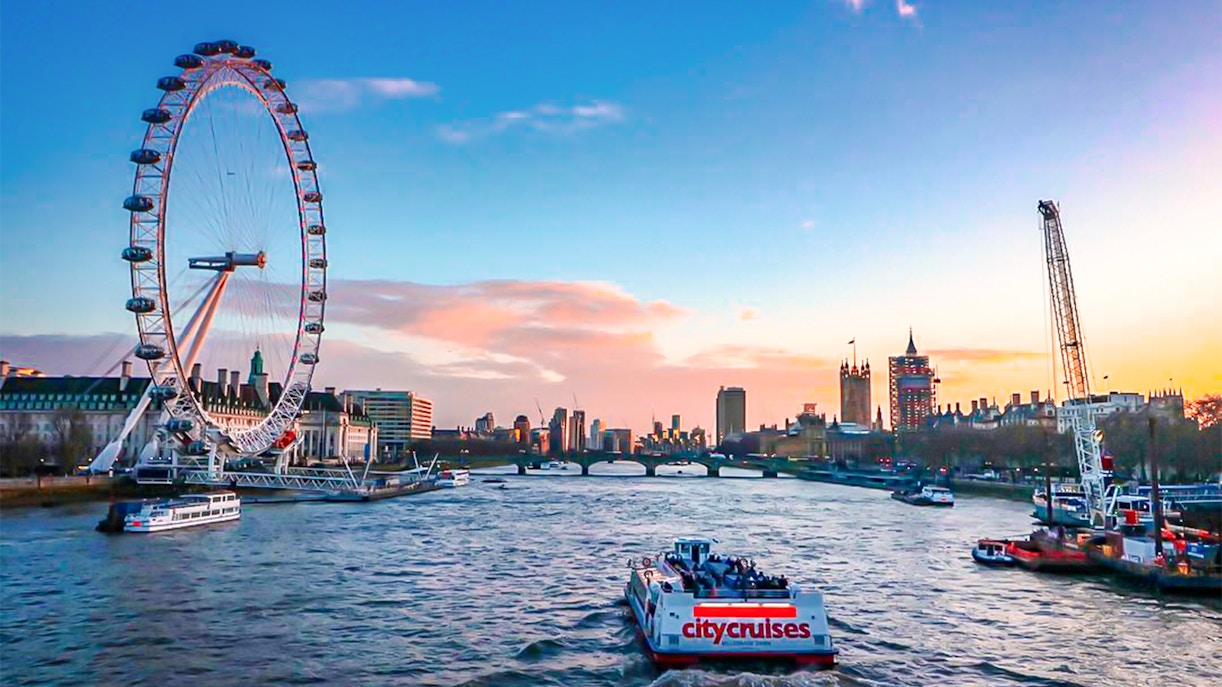The London Eye was first imagined by husband-and-wife architects David Marks and Julia Barfield. Their design, called the “Millennium Wheel,” was submitted to a competition celebrating the year 2000. Though the entry didn’t win, the couple pursued the idea independently.
London Eye history explained
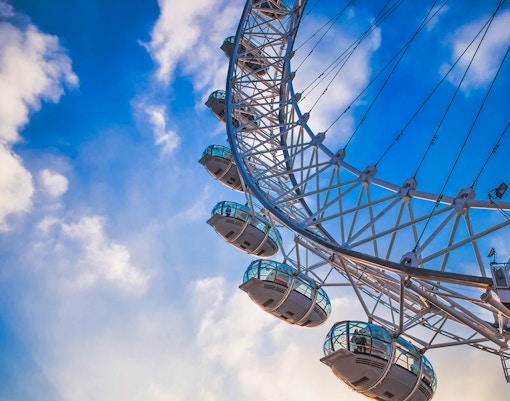
1993: Concept born

1998: Construction begins
Construction on the wheel officially began in 1998. Major components were manufactured across Europe and transported to London via barges. The structure was assembled horizontally on floating platforms in the River Thames, making it one of the most ambitious engineering projects of its time.
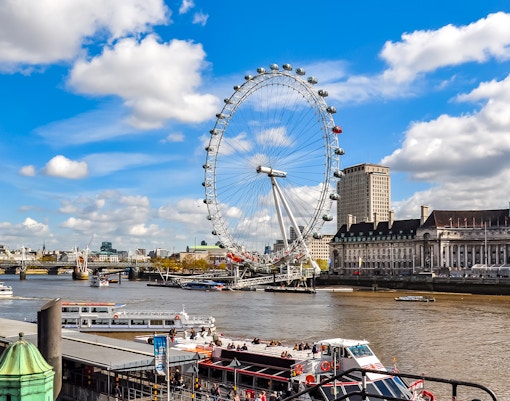
1999: First rotation
The London Eye was officially inaugurated on New Year’s Eve by then-Prime Minister Tony Blair. The wheel made its ceremonial first rotation, without passengers, as part of the city's millennium celebrations. It served as a centerpiece for London’s transition into the 21st century. The public opening, however, was postponed due to technical issues.
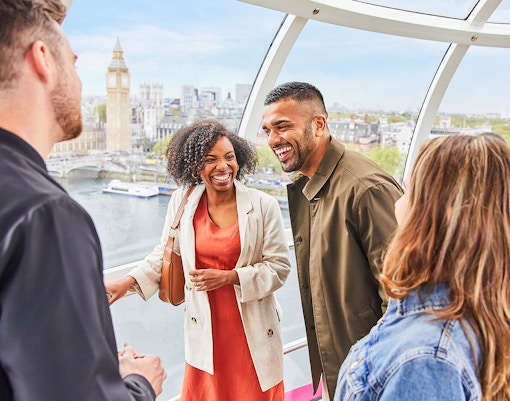
2000: Public launch
The London Eye opened to the public on this date. Each capsule offered a 30-min rotation, providing panoramic views of the city. The experience quickly became a must-do for locals and tourists alike. Within a year, it became one of London’s top-paid attractions.

2002: Made permanent
Although it was initially granted a five-year permit, the wheel’s overwhelming popularity led to its permanent approval. By 2002, the London Eye had firmly established itself as a major part of London’s skyline. Its continued success contributed to the regeneration of the South Bank area and influenced the development of similar observation wheels worldwide.
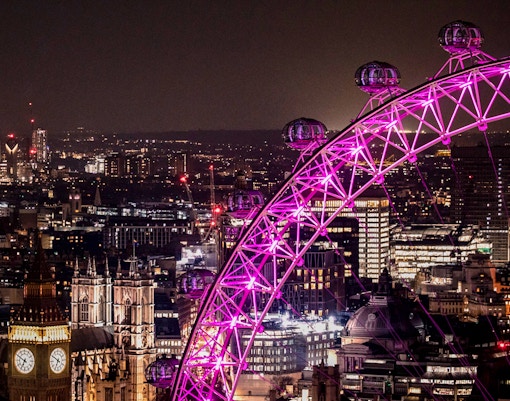
2006: LED lighting & new ownership
In 2006, the London Eye underwent significant upgrades. A new energy-efficient LED lighting system was installed, allowing dynamic light displays. Ownership transferred from British Airways to the Tussauds Group. These changes further integrated the Eye into London’s cultural and entertainment landscape.

2009: Capsule upgrades
Ahead of the 2012 Olympic Games, all 32 capsules were temporarily removed and refurbished. The updates included better ventilation, heating, and in-capsule entertainment systems. This ensured a more comfortable and modern experience for visitors. The work was completed without disrupting daily operations.

2012: Olympic torch moment
During the lead-up to the London 2012 Olympics, the Eye played a role in the torch relay. Sixteen-year-old Amelia Hempleman-Adams carried the Olympic flame in one of the capsules. She was suspended 135 meters above the River Thames.
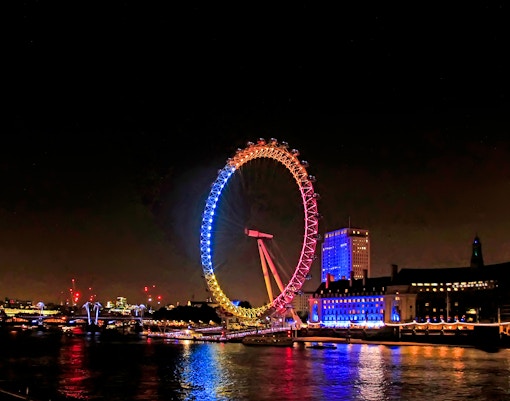
2015: Rainbow lighting for Pride
The London Eye was lit up in rainbow colors for the first time to mark London Pride. The move was part of a larger celebration of diversity and inclusion. It also marked a shift in how the landmark engaged with cultural and social movements. The lighting display has since become an annual tradition.
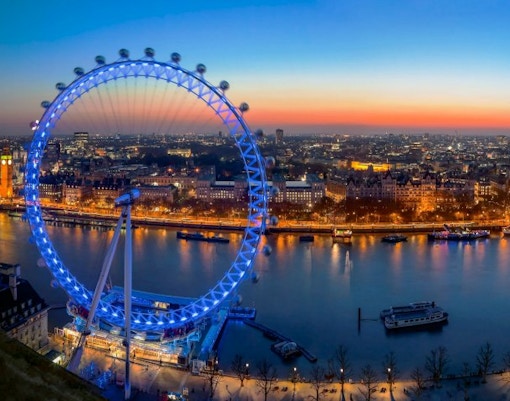
2020: Pandemic tribute
During the COVID-19 pandemic, the Eye joined national efforts to honor healthcare workers. It was illuminated in blue as part of the weekly “Clap for Carers” initiative. This gesture made it a visual beacon of gratitude across the city. It reinforced the Eye’s role as more than just a tourist attraction.

2023: Coronation Capsule
To celebrate King Charles III’s coronation, the London Eye unveiled a special “Coronation Capsule.” The interior was styled to resemble Westminster Abbey. It featured royal memorabilia and immersive storytelling.
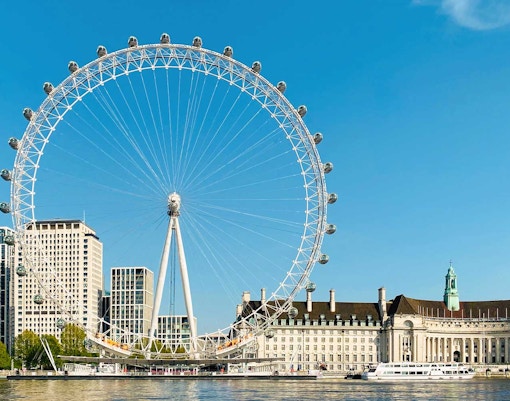
2025: Silver Jubilee
The London Eye celebrates its 25th anniversary in 2025. Over the years, it has welcomed millions of visitors and hosted countless events. It remains one of the most iconic landmarks in London. The milestone reaffirms its place as a symbol of modern British identity and innovation.
